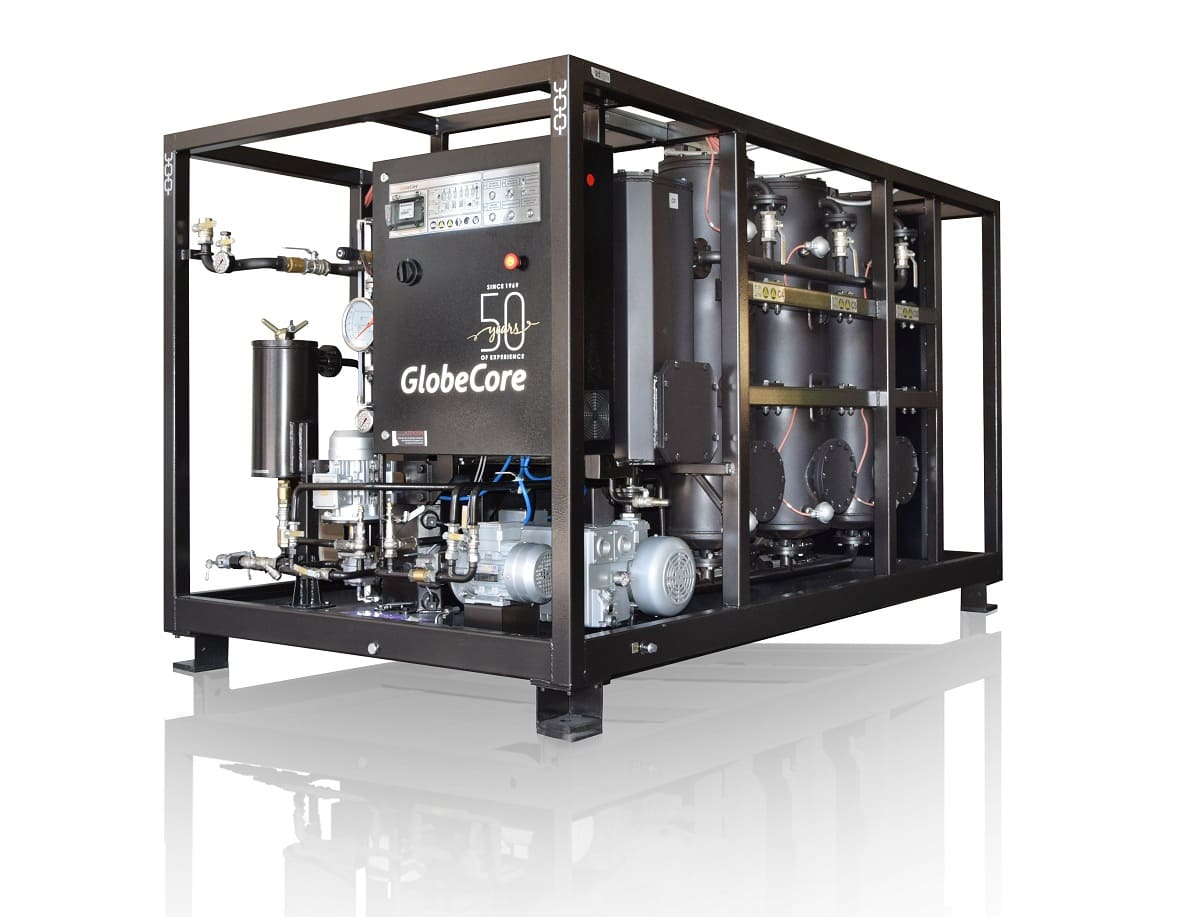What are the limits for dissolved gas analysis in transformer oil?
What are the limits for dissolved gas analysis in transformer oil?
- This topic has 1 reply, 2 voices, and was last updated 1 year, 2 months ago by .
Answers
-
September 3, 2024 at 6:52 am by Jason Taylor
The limits for dissolved gas analysis of transformer oil are crucial for assessing the health and performance of transformer equipment. Generally, key gases such as hydrogen (H2), methane (CH4), ethane (C2H6), ethylene (C2H4), acetylene (C2H2), carbon monoxide (CO), and carbon dioxide (CO2) are measured, with specific threshold values indicating potential insulation failure or overheating. For instance, hydrogen levels typically should not exceed 0.1% by volume; methane and ethylene should remain below 10 ppm, while acetylene usually should not exceed 0.5 ppm. These limits can vary depending on transformer design, age, and application, but exceeding these values often necessitates further investigation to prevent transformer failure. Regular monitoring and adherence to these dissolved gas analysis of transformer oil limits can enhance transformer reliability and lifespan.



